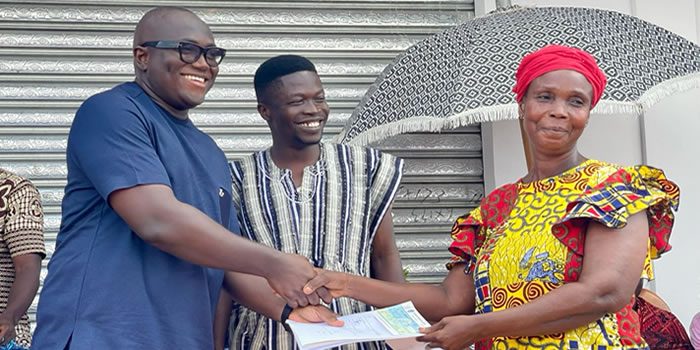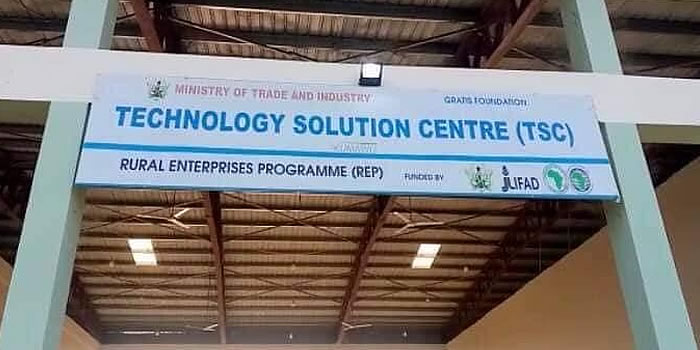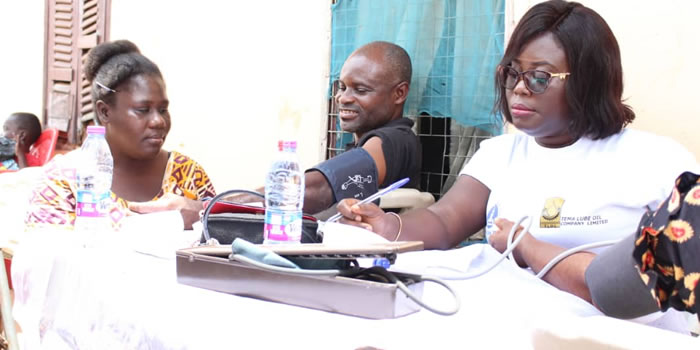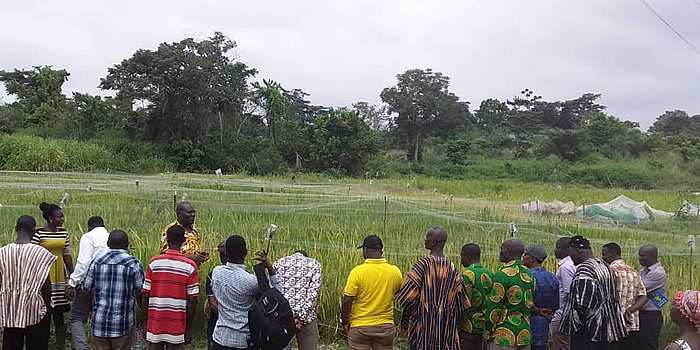

Water is essential to the existence of man and other living things. Lack of portable water, occurrence of drought or flood exposes man to water borne and sanitation related diseases. A critical analysis of data collected in 2014 by the Assembly on water and sanitation facilities in the district vis- avis the population revealed that access to potable water is woefully inadequate. According to the District Water and Sanitation Team ( DWST) the District has a total of 74 boreholes, out of which 21 are not functional. The District has two Small Water Town Projects at Pepease and Abotanso.
Also, Kumawu, Konongo and Kwahu water project popularly known as the “3K Project” is under construction when completed will benefit 26 communities within the district. By planning standards, one borehole is supposed to serve 300 people. The implication is that, the 53 functional boreholes are serving 74,558 people in the district. This means that one borehole serves 1,406 people.
The negative effect of the situation is that people are compelled to fetch water from streams to prepare their household chores. It is therefore not a surprise that 3 diseases out of the top ten diseases in the district are water related diseases. These are Diarrhea, skin diseases and ulcers and intestinal worm’s diseases which are ranked 5, 6 and 8 respectively in the 10 top diseases in the district. Also the existing water facilities are always overstretched by the people. This has accounted for about 21 boreholes that have presently broken down.
It must be noted that various houses also have boreholes that have been constructed for household usage and therefore the impression that one borehole serves 1,406 people may not be accurate.
Sanitation
According to the UN policy, toilet facilities should meet three main criteria. These are;
• There should be privacy in usage.
• The facility should be odorless.
• The facility should be covered.
Based on the forgoing criteria and the health risk associated with toilet facilities, there is a radical shift from the provision of public toilet. The emphasis now is on encouraging and sensitizing households to construct their own toilet facilities. Consideration is however given to the construction of public toilet for certain places such as market, lorry parks, hospitals, health centres, clinics, schools, etc.
The data collected revealed that household toilet facilities in the district are woefully inadequate considering the rapid population growth in major settlements like Kumawu, Bodomase, Banko and Oyoko.
Table 1.42: Distribution, access and percentage coverage of household toilet facilities in the district on Town/Area Council basis
It is clear from the above analysis that the Bira Onwam Area Council has the highest access to household toilet facility with percentage coverage of 16.8 followed by Bodomase Area Council with 8.2 percent and Kumawu with 6.8 percent This is nothing to write home about. Households should be encouraged to construct their own toilet facilities. This can be done through the provision of subsidies and enforcement of bye laws such as providing room for toilet in building plans.
Date Created : 11/28/2017 4:19:10 AM











 facebook
facebook
 twitter
twitter
 Youtube
Youtube
 +233 593 831 280
+233 593 831 280 0800 430 430
0800 430 430 GPS: GE-231-4383
GPS: GE-231-4383 info@ghanadistricts.com
info@ghanadistricts.com Box GP1044, Accra, Ghana
Box GP1044, Accra, Ghana